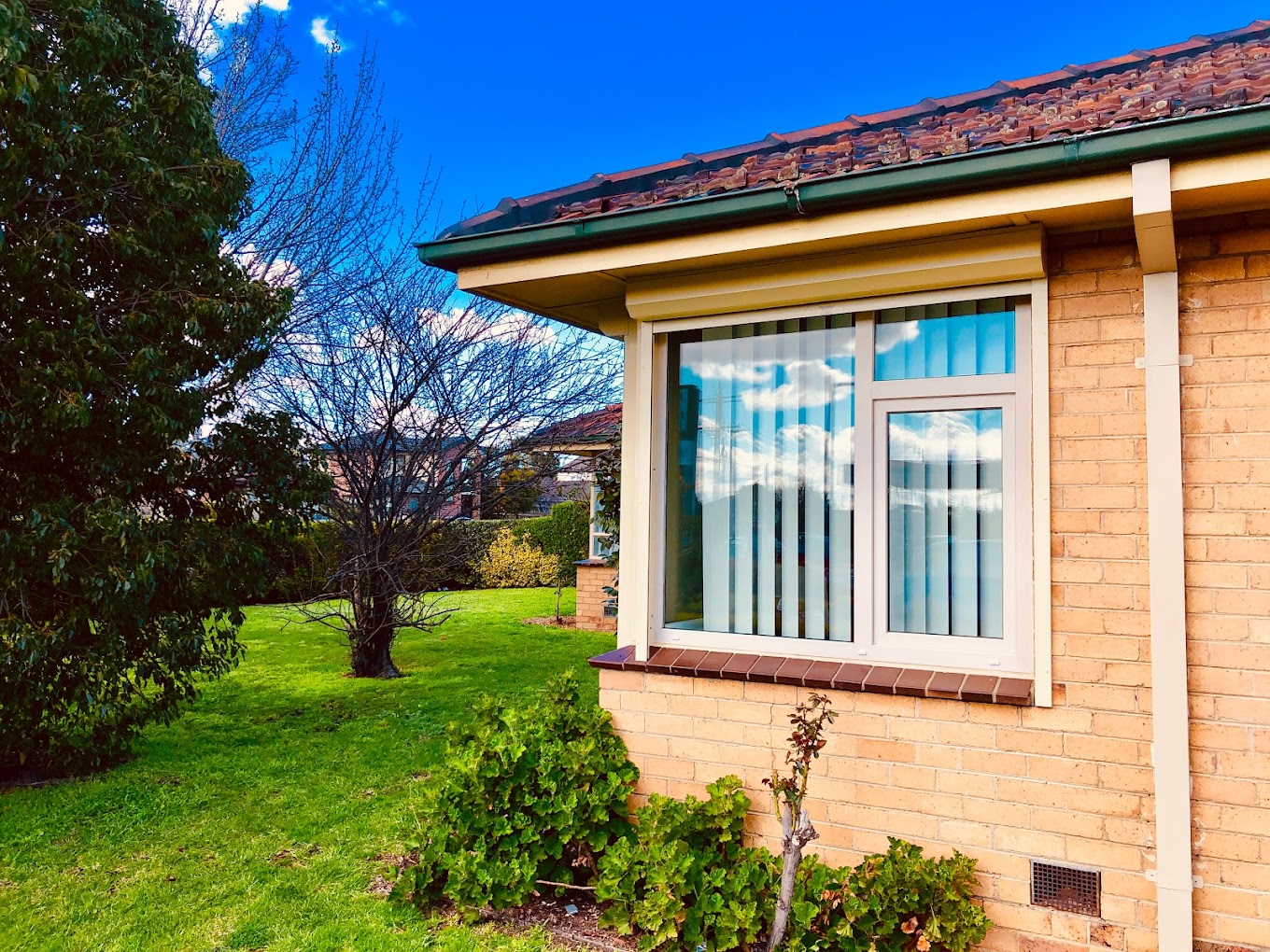All Categories
Featured
Table of Contents
Does Double Glazing Have A Vacuum? in Nollamara WA
Laminated glass is often utilized in locations in the house most susceptible to injury from human effect such as bathrooms, doors, around staircases and in areas close to the flooring (it fulfills the requirements of 'safety glass' that is mandated for usage in these locations by Australian Basic AS 1288 Glass in buildings).
Toughened glass has been 'tempered' by being reheated and quickly cooled again. This process makes it much stronger than standard glass it can withstand greater effect loads before breaking. It likewise makes it more secure due to the fact that, when it does shatter, it gets into lots of small cubic pieces rather than hazardous fragments.
Double Glazing - About Windows - Window Film Excellence in Lakes WA
Toughened glass has no thermal or acoustic advantages over other glass of the very same toning or density. Secondary glazing is where single-glazed windows are retrofitted with a transparent acrylic or glass sheet connected to the within of the frame or openable sash with a secondary frame or with magnetic strips.


Secondary glazing will not carry out too thermally as a made IGU, because it is difficult to totally seal the perimeter, however it can supply excellent sound control. Window films are a thin polymer movie including a soaking up dye or reflective metal layer, with an adhesive backing. They stay with your glazing to change its colour or make it reflective.
Why Double-glazed Windows Are A Must in Palmyra Western Australia
Applied to existing glass, some window films can cut in half the total SHGC of the window by soaking up and/or reflecting solar radiation. This can be especially advantageous in hotter environments where cooling is the main issue, or on east and west elevations directly exposed to long periods of sunshine. Nevertheless, window movies might also decrease visible light transmittance.

For this reason, it is usually best to utilize a certified installer of window film. Frames have a substantial influence on the thermal efficiency of windows and doors, because energy can be gained and lost through the frame, as well as through the glass. Different kinds of frame will permit different levels of heat gain and loss, so mindful choice of frame is necessary for efficient passive design.
How Does Double Glazing Keep Heat Out? in Shelley WA
Aluminium is also a very good conductor of heat and will reduce the insulating worth of a glazing system, unless particularly crafted to minimize this. A 'thermally broken' frame is comprised of 2 aluminium sections connected by a structural insulator (normally a low-conductivity structural polymer). This 'breaks' the thermal connection through the aluminium and decreases the heat flowing through the frame.
They can be pricey, however prices are decreasing as they become more common. Lumber frames are a good natural insulator that can suit some house designs. Timber frames must be made from types that have naturally high durability or be dealt with to prevent decay and deformation. Examine that the lumber is sourced from a sustainably handled forest.
Stay Cool This Summer With Double Glazed Windows - Aaa Glass in Rockingham Western Australia
(weather condition stripping) is installed.
u, PVC doors and windows have outstanding thermal performance Picture: Ben Wrigley (Light House Architecture and Science) Composite frames use aluminium profiles on the external areas with either a lumber or u, PVC inner area. These integrate the low upkeep and toughness of aluminium with much enhanced thermal performance.
Table of Contents
Latest Posts
Single, Double Or Secondary Glazing, Which Is The Best ... in Leda WA
Double Glazed Windows Brisbane in Lockridge Western Australia
Double Glazing Vs. Triple Glazing: Which Is Worth It? in Palmyra Perth
More
Latest Posts
Single, Double Or Secondary Glazing, Which Is The Best ... in Leda WA
Double Glazed Windows Brisbane in Lockridge Western Australia
Double Glazing Vs. Triple Glazing: Which Is Worth It? in Palmyra Perth